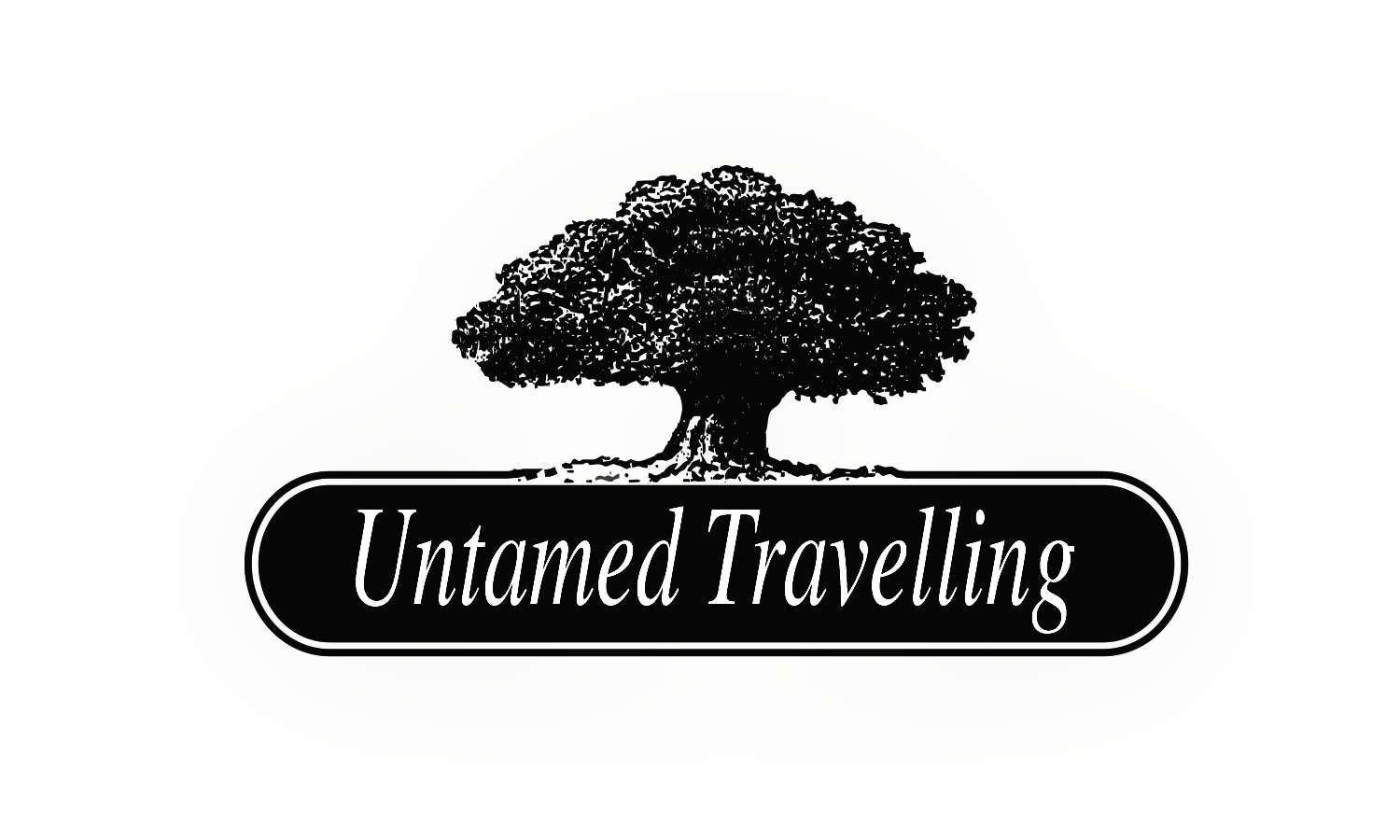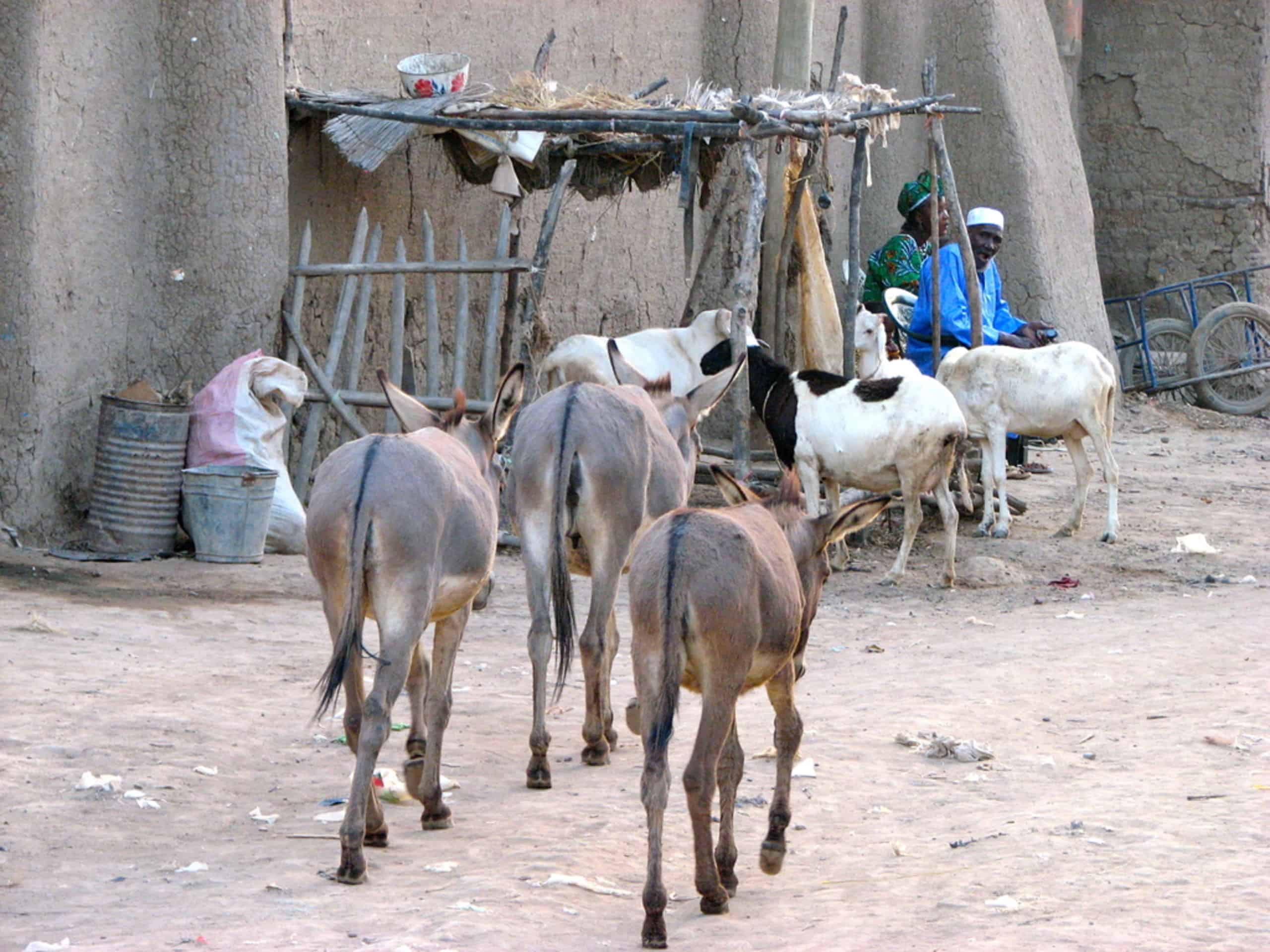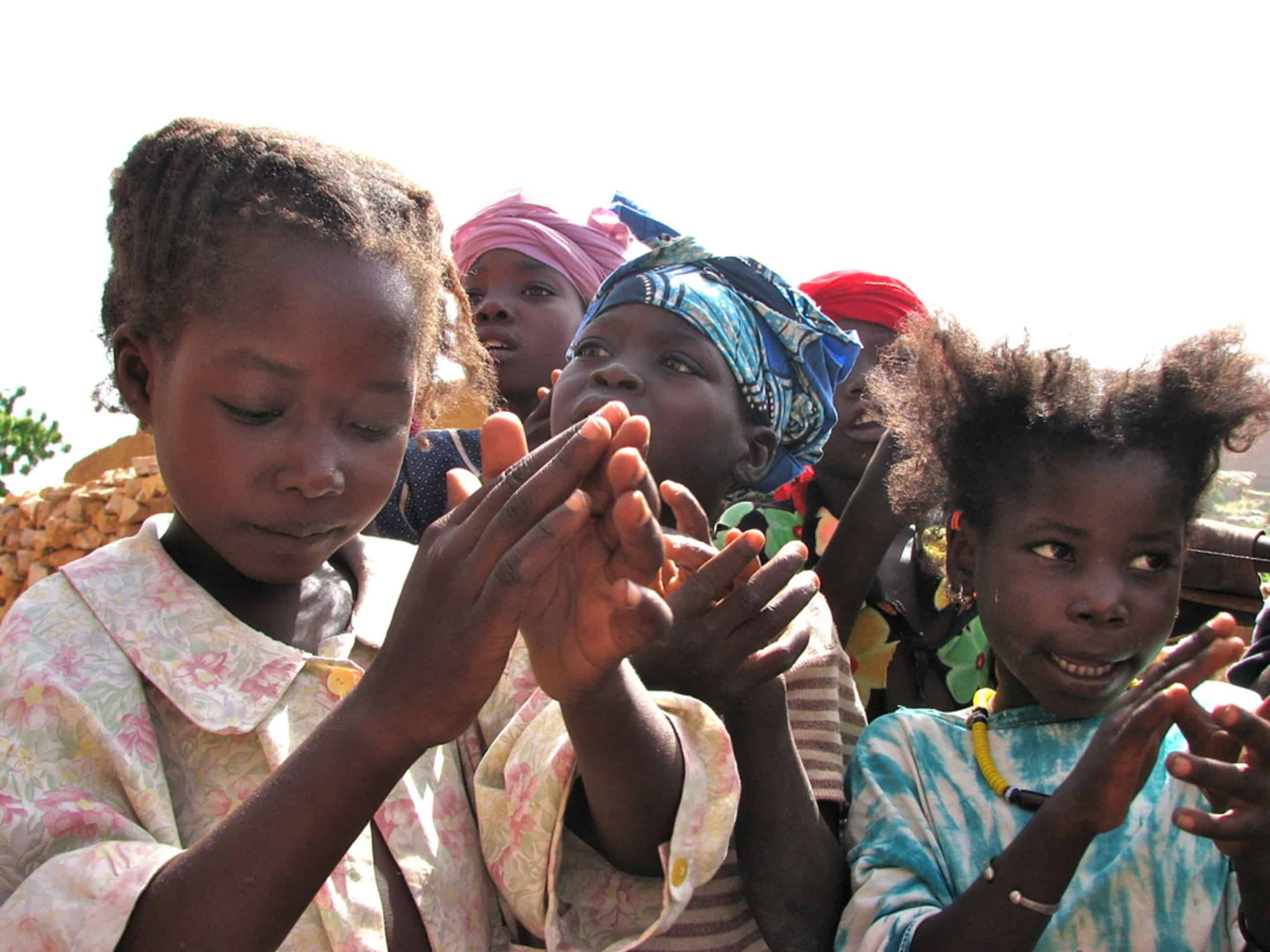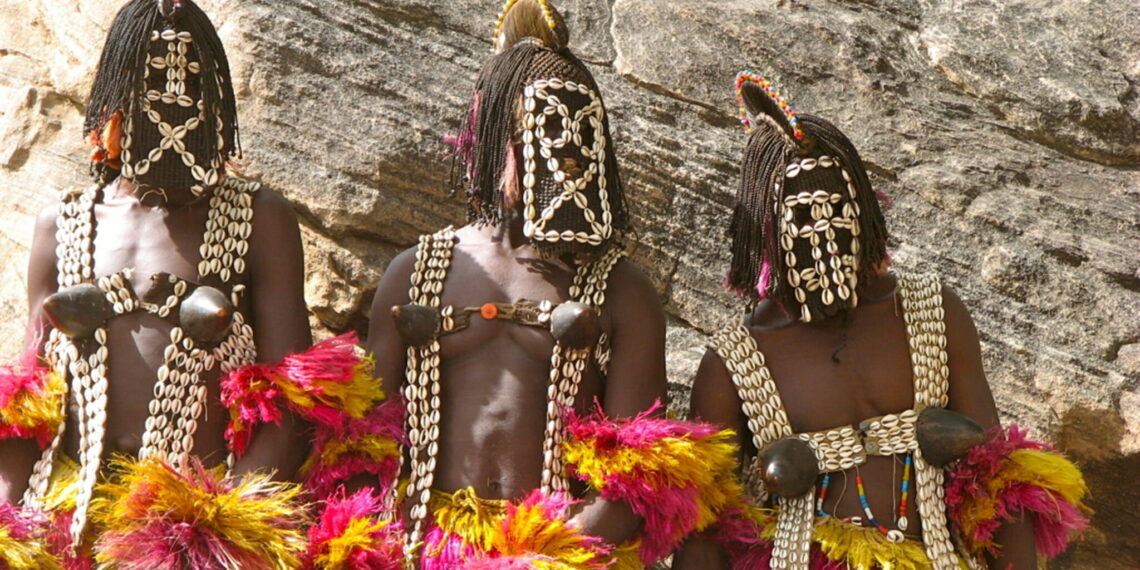Dogon, Timbuktu and Moptic
Colorful, mysterious and grand. Mali is the largest country in West Africa. Timbuktu - located on the route of the great trade caravans - was once the religious, intellectual and trade center of the country. The mosque from 1325, the library full of ancient Arabic manuscripts and the museum recall the heyday of this legendary city, which is part of the World Heritage. This also includes the city of Djenné, which was important to Islam because of the Great Mosque, which was built entirely of clay. Also protected by UNESCO is the valley of the Dogon with their mask dances, rock tombs and typical villages that seem to be glued to a two hundred kilometer long rock face. Not protected but just as impressive is Mopti with its colorful market at the harbor, located at the intersection of the rivers Bani and Niger. Even more colorful is the annual 'desert festival' between the sand dunes at Essakane, which has grown into an international cultural festival where music and dance alternate with sword fights and camel races. So big. Just like the country.








